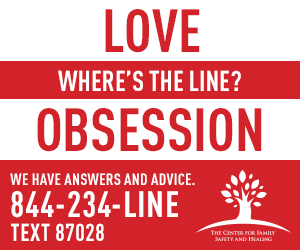Beyond the Therapy Room: Applying PRI Principles at School, Work, and Home
Therapy often lives in the private space between clinician and client, but Past Reality Integration lends itself to broader settings. Because the method revolves around recognising defensive reactions in real time, teachers, managers, and parents can adapt its core ideas without delving into personal history. The wider the circle that understands how defences operate, the safer any group feels—and safety supports learning, productivity, and healthy attachment.
Classrooms That Support Emotional Literacy
Educators face a daily mix of excitement and frustration that can trigger old fears in pupils and teachers alike. A short PRI-inspired routine at the start of class—naming one feeling, one bodily sensation, and one present-moment observation—helps students distinguish between past-driven alarm and current reality. Studies in Dutch primary schools report fewer disciplinary incidents and higher peer empathy scores after eight weeks of such practice. Teachers also benefit, noting quicker recovery after classroom disruptions.
Workplace Communication
Corporate training in emotional intelligence often lists self-awareness as step one but offers limited methods to achieve it. Reframing irritation as a possible defence gives staff a concrete tool. When a project leader recognises that a sudden surge of blame may reflect old Primary Defence rather than a colleague’s error, the team avoids cycles of retaliation. Multinational firms running PRI workshops report lower absenteeism and smoother conflict resolution meetings within three months.
Parenting With Present-Moment Clarity
Parents frequently worry about transmitting their own unresolved patterns to children. By spotting Fear or False Hope in themselves first, caregivers shift focus from controlling a child’s behaviour to regulating their reaction. This stance models responsible emotional management for the next generation. Family-therapy surveys show improved cooperation during bedtime and homework after parents practise daily self-observation logs for six weeks.
Community Mediation and Restorative Justice
Neighborhood mediation boards have started to incorporate PRI language when parties meet after a dispute. Mediators invite each side to identify possible defence modes before stating grievances, lowering tension and allowing factual discussion. Pilot data from French municipal programs indicate a 30 percent increase in settlement rates compared with meetings that skip the emotional primer.
Online Support Networks
Digital platforms extend reach beyond geographic limits. PRI forums host moderated check-ins where participants post a recent trigger, name the defence, and receive peer reflections. A 2024 user census counted members in 42 countries exchanging practical tips such as how to notice bodily cues of Denial of Needs during video calls. Administrators enforce clear guidelines to keep advice grounded in the model rather than anecdotal diagnoses.
Training Non-Professionals Safely
While PRI in therapy invites intense emotional release, community versions emphasise mild self-observation and factual reality testing. Trainers stress boundaries: deep childhood recall belongs in a professional setting, whereas noticing a defence at a PTA meeting can occur anywhere. This distinction preserves safety while spreading insight.
Cultural Adaptation
Communities in Japan, Brazil, and South Africa translate PRI concepts to fit local metaphors. For example, the notion of “dropping armour” resonates in cultures with martial imagery, while others frame the defence as a “cloud passing by.” Adaptations keep the mechanism intact yet honour linguistic nuance, supporting adoption without cultural imposition.
Looking Ahead
Expanding PRI beyond therapy requires thoughtful guardrails, ongoing research, and respect for individual readiness. Early field results suggest that even light versions of the method can raise empathy and reduce conflict. As schools, companies, and neighbourhoods learn to catch old alarms before they drive action, collective life may gain the calm focus once reserved for the therapy room.





